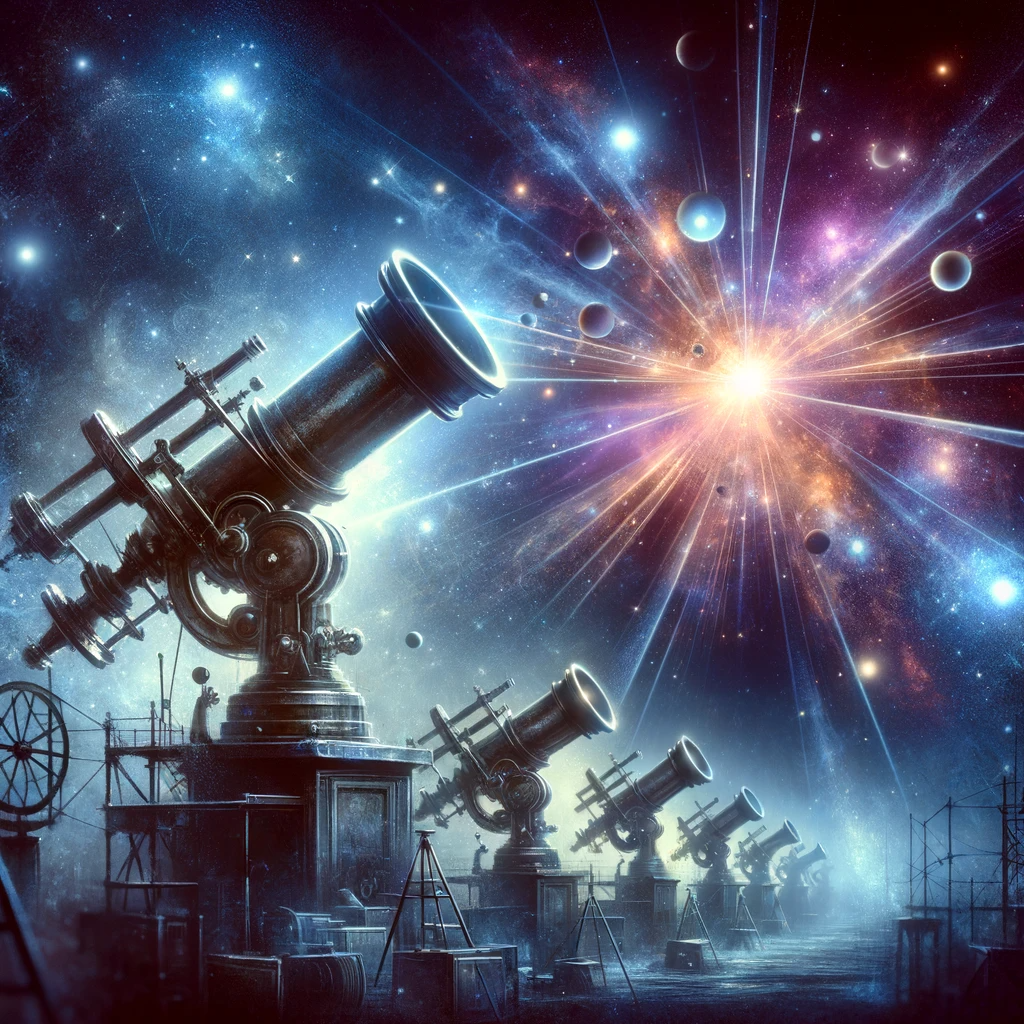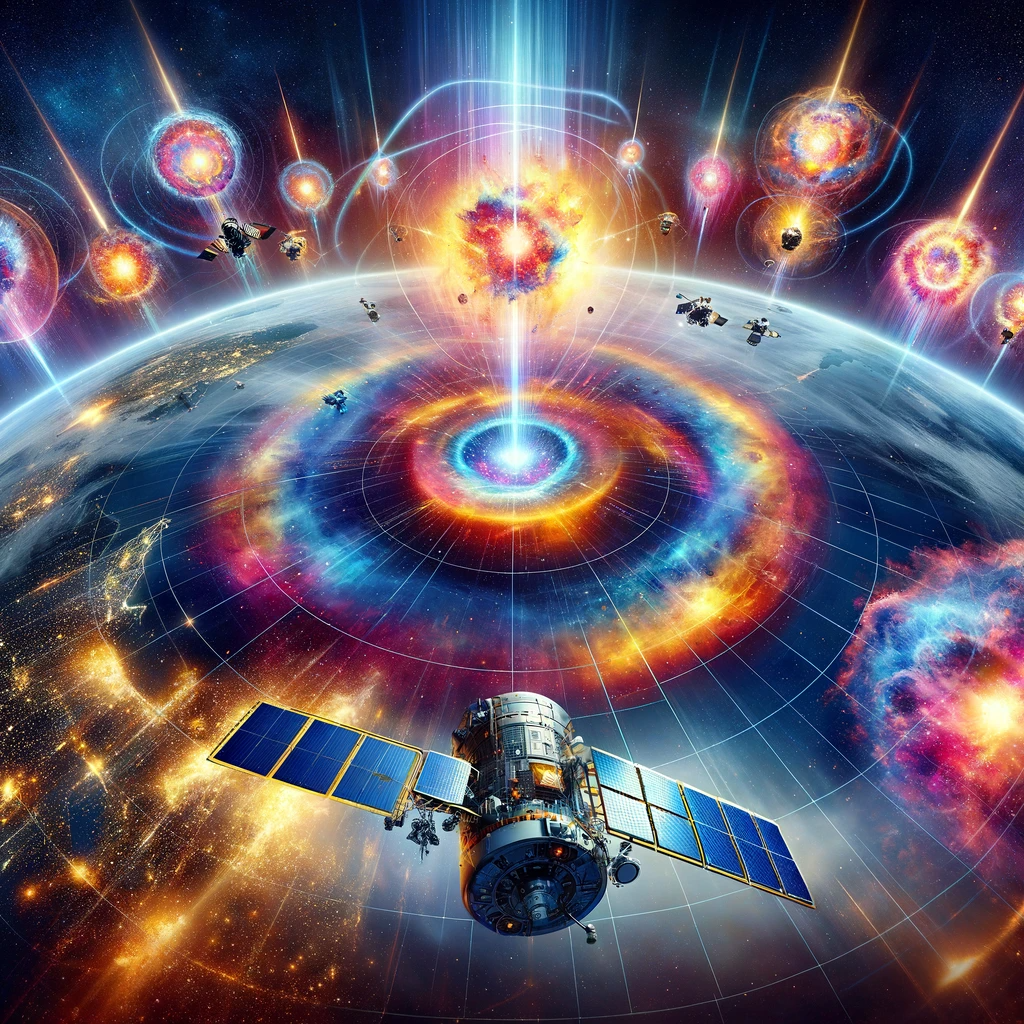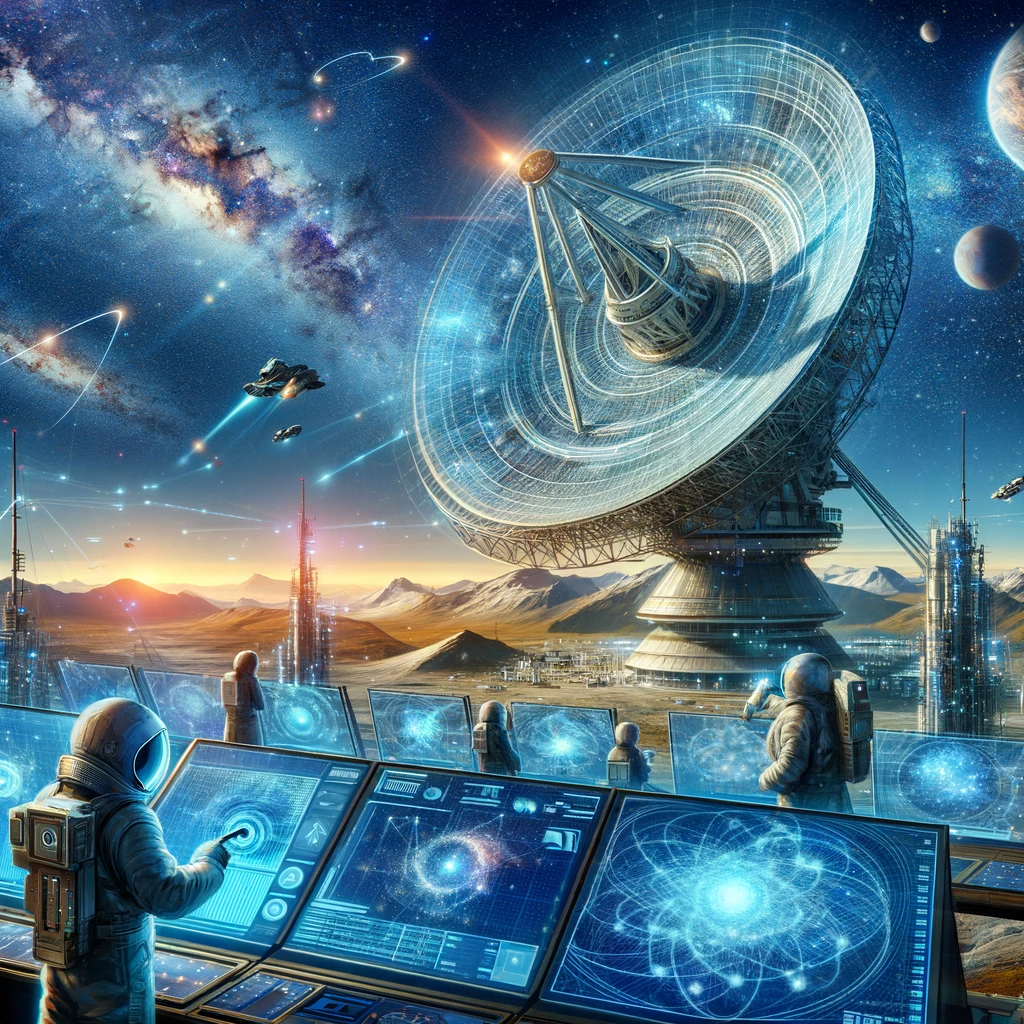There are no items in your cart
Add More
Add More
| Item Details | Price | ||
|---|---|---|---|
{{12-02-2024}}
n the realm of science fiction, the concept of X-ray vision has long captivated the imagination, presenting the power to see through solid objects as a tantalizing, albeit physically unattainable, dream. Yet, in the domain of astronomy, scientists have transcended this boundary, employing X-ray vision not through the evolution of the human eye but through the lens of advanced technology. This field, known as X-ray astronomy, has been unlocking the secrets of the cosmos for over 60 years, offering us a window into the most energetic and tumultuous phenomena the universe harbors.

X-ray astronomy diverges from traditional optical astronomy by focusing on the X-ray portion of the electromagnetic spectrum, beyond the range visible to the human eye. This innovative approach was born out of the necessity to observe and understand phenomena that are invisible or indistinct when viewed with optical telescopes. X-rays, with their high energy, penetrate regions of space that are opaque to visible light, revealing the hidden structure and dynamics of the universe's most violent and energetic events.

The capabilities of X-ray astronomy are vast and varied. Among the phenomena that it brings into focus are quasars—luminous objects powered by supermassive black holes at their centers, supernova explosions that mark the death throes of massive stars, streams of searingly hot gas weaving through the spaces between galaxies, and the fierce radiance of young stars as they form and ignite. These X-ray sources offer invaluable insights into the life cycle of stars, the mechanics of galaxies, and the large-scale structure of the universe itself.
A pivotal moment in the field of X-ray astronomy has been the recent announcement by the eROSITA consortium at the Max Planck Institute for Extraterrestrial Physics. The consortium has unveiled a treasure trove of data from the eROSITA survey, an ambitious project that has mapped half the X-ray sky. This survey has identified approximately 900,000 distinct X-ray sources, each a beacon that may hold the key to unraveling some of the universe's most profound mysteries.
The eROSITA telescope, positioned on the Spektr-RG space observatory, is equipped with cutting-edge technology designed to detect X-ray emissions with unprecedented clarity and sensitivity. This has allowed astronomers to compile a comprehensive catalog of X-ray sources, significantly expanding our understanding of the cosmos's high-energy processes.

The contributions of X-ray astronomy to our understanding of the universe cannot be overstated. By offering a perspective that pierces through the veil of the visible spectrum, it has deepened our comprehension of cosmic phenomena that would otherwise remain obscured. As technology advances and the eROSITA survey continues to unveil the X-ray universe, we stand on the brink of new discoveries that promise to further illuminate the dark and dynamic recesses of space.
In the pursuit of knowledge, X-ray astronomy reminds us that the universe is far more complex and vibrant than what meets the eye. It challenges us to look beyond the familiar, to explore the unknown, and to appreciate the vast, energetic tapestry of the cosmos not just with our eyes, but with our minds. As we gaze up at the night sky, let us remember that beyond the veil of darkness lies a universe ablaze with X-ray light, a universe waiting to be discovered.

{{Sameer Kumar}}